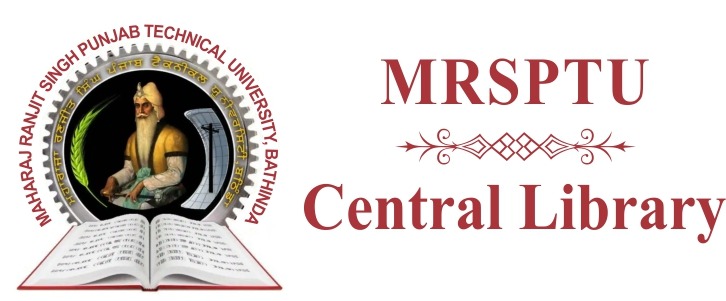Please use this identifier to cite or link to this item:
http://localhost:8080/xmlui/handle/123456789/698| Title: | Effects of different formulation methods on drug crystallinity, drug-carrier interaction, and ex vivo permeation of a ternary solid dispersion containing nisoldipine |
| Authors: | Oo, M K Mahmood, S Wui, W T Mandal, U K Chatterjee, Bappaditya |
| Keywords: | Ternary Solid Dispersion Nisoldipine |
| Issue Date: | 2021 |
| Publisher: | Journal of Pharmaceutical Innovation, 16 (Springer Link) |
| Series/Report no.: | ;26-37 |
| Abstract: | Solid dispersion (SD) is an established approach to increase the solubility and dissolution of BCS class II drugs. The selection of a suitable method of preparation and the suitable polymeric carrier are the two most important parameters for a successful SD. The present research is aimed to evaluate the effect of preparation method on drug crystallinity, drug-polymer interaction, ex vivo permeability, and SD stability. A ternary SD containing nisoldipine as drug and PVP K30, poloxamer 188 as the carrier was prepared by hot melt mixing, solvent evaporation by rotary vacuum evaporator, and lyophilization. The prepared samples were analyzed in comparison in order to meet the objectives. All three methods yielded a mixed system of the crystalline and amorphous phase with a significant increase in saturation solubility compared to the raw drug. Infra-red spectroscopy study showed the highest degree of H bonding between drug and carrier in the freeze-dried formulation. X-ray diffraction study showed maximum loss of drug crystallinity from the rotary vacuum evaporated SD (3.70% at 11.3, 2θ angle). Ex vivo permeability study showed the maximum drug permeation by freeze-dried product. But freeze-dried product was shown to be the least stable in stability analysis. In terms of product stability, melt mixing is the best out of the three methods tested. Different methods of preparation have different impacts on functional group interaction, loss of crystallinity, ex vivo permeation, and stability of ternary SD. |
| URI: | https://link.springer.com/article/10.1007/s12247-019-09415-2 http://localhost:8080/xmlui/handle/123456789/698 |
| ISSN: | 1939-8042 |
| Appears in Collections: | Research Papers |
Files in This Item:
| File | Description | Size | Format | |
|---|---|---|---|---|
| Book Info.docx | 9.83 kB | Microsoft Word XML | View/Open |
Items in DSpace are protected by copyright, with all rights reserved, unless otherwise indicated.

